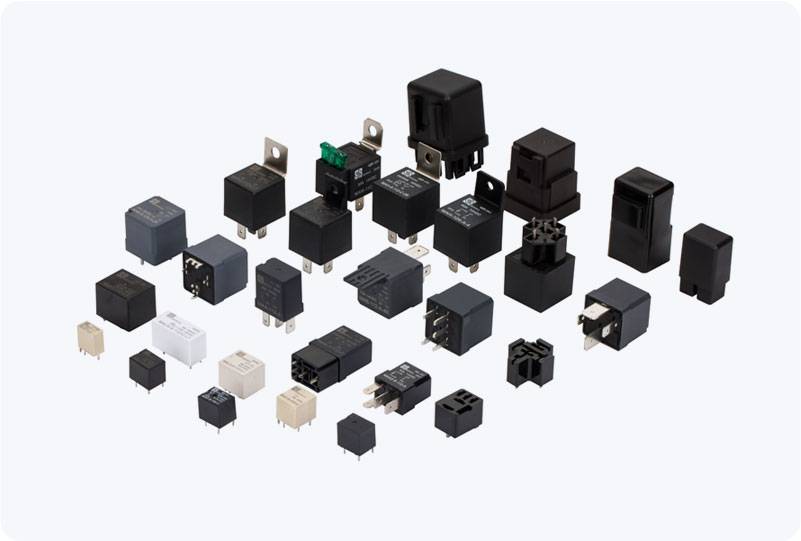In the rapidly advancing world of industrial automation, ensuring seamless communication between machines, sensors, and control systems is crucial for operational efficiency, safety, and reliability. One of the key components facilitating this uninterrupted communication is the High Reliability Communication Relay. These relays are designed to provide robust, fail-safe, and real-time data transmission in industrial environments, where any communication disruption can lead to costly downtime, decreased productivity, or even safety hazards. This article explores the significance of high reliability communication relays in industrial automation and how they contribute to improving system stability and performance.

The Role of Communication in Industrial Automation Industrial automation systems rely heavily on data communication for controlling machinery, collecting sensor data, monitoring processes, and ensuring safety protocols are met. As automation systems become more interconnected and complex, the need for reliable communication networks grows. A disruption in these communications can halt production, create bottlenecks, or, in worst-case scenarios, cause equipment failure that endangers workers’ safety. For instance, systems like Programmable Logic Controllers (PLC) and Supervisory Control and Data Acquisition (SCADA) require constant, real-time data exchanges. Interruptions or delays in these communication channels can undermine the entire production process. To mitigate such risks, high reliability communication relays are integrated into the network to offer redundancy, fast data transfer, and protection from interference, ensuring that these systems remain operational even in adverse conditions.